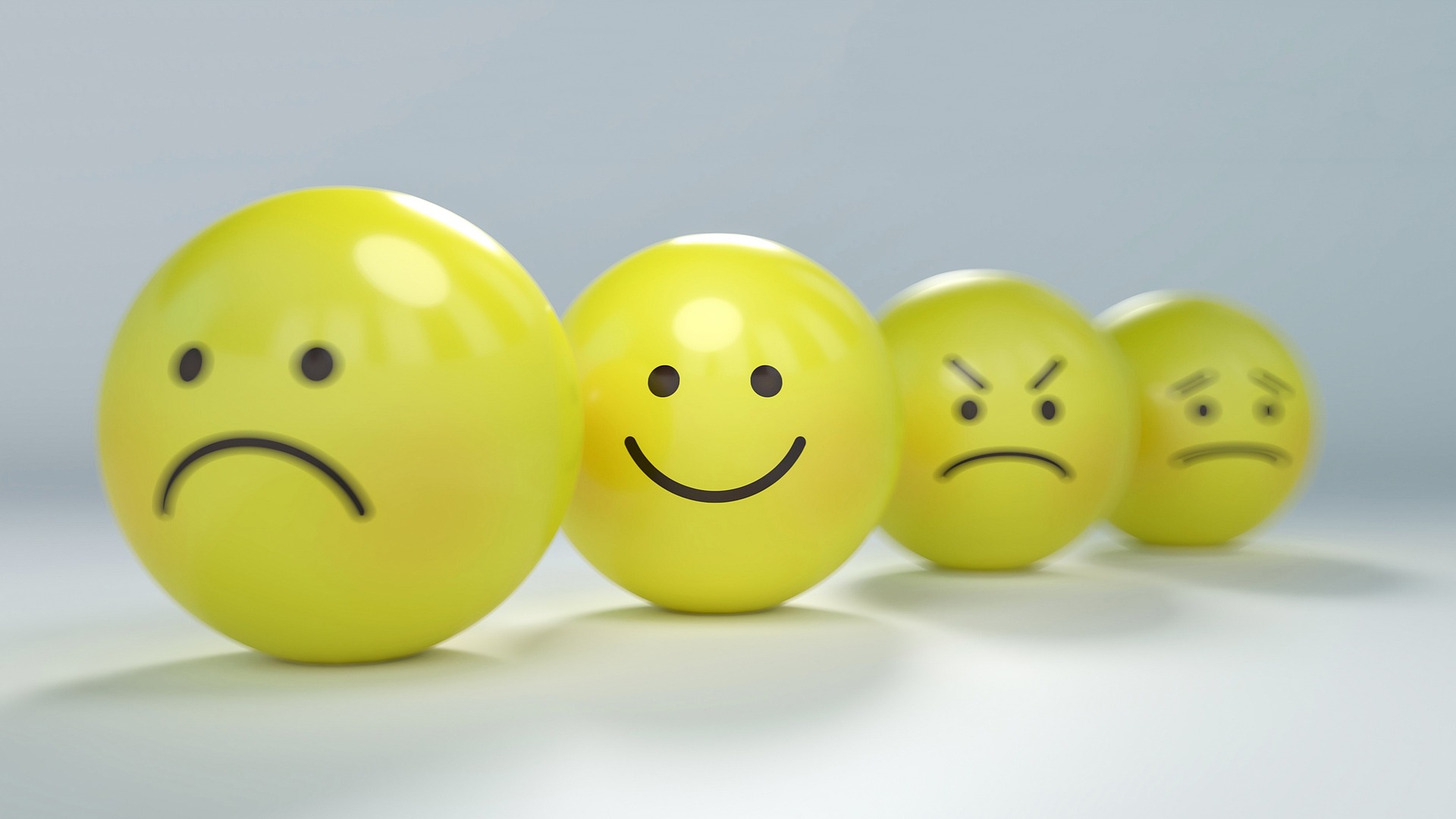
Effective outpatient treatment is paramount for overcoming addiction, mental health disorders, trauma, and any other challenges that an individual may face. However, many may have reservations about committing to outpatient treatment. The Redpoint Center’s Glenwood Springs location champions the opportunity to address these challenges in a personalized way. Knowing the benefits, intentions, and culture of healing throughout treatment at Glenwood Springs can empower those seeking to make profound changes in their life.
Finding a Place to Start the Journey to Change
Outpatient treatment at Glenwood Springs can take many forms. With that in mind, Redpoint’s continued commitment to a holistic and encompassing style of recovery is etched into every program. Challenging and overcoming the effects of drug use and substance use disorder (SUD) can be an important priority and the first step toward a transformed life, especially while overcoming trauma and/or other co-occurring mental health disorders.
There is never a single journey to healing. Each individual will have their own unique set of needs, goals, and challenges throughout the recovery process. Embracing a personalized approach to treatment, utilization of practical and personalized treatment modalities, and individualized case management are instrumental for a truly effective approach to treatment at Glenwood Springs.
However, while an individual may have their own goals, there may be many parts of their lives that are interconnected with their goals for recovery. Substance use can affect professional life and relationships, while trauma can continue to inform behaviors, perspectives, and mental health. Personalized treatment to address not just the direct symptoms of each individual but also how their experiences may have impacted other aspects of daily life is important to Redpoint’s holistic approach to change.
The Transformative Potential of Outpatient Treatment at Glenwood Springs
There are many paths to a healthy and transformed future, and outpatient treatment is just one option to explore. Outpatient treatment at Glenwood Springs involves those in recovery attending scheduled sessions multiple times a week, for multiple hours a day, in order to benefit from the atmosphere and professional guidance available. However, the skills and strategies practiced are designed to be practically employed in life outside of the treatment facility as each individual continues to live at home.
Each individual is also given the opportunity to pivot and adjust the scheduling of their outpatient treatment to accommodate changing work schedules and responsibilities. Being able to attend a morning outpatient treatment session one day and an evening session the next can ensure that each individual is able to continue pursuing professional and personal goals without having to compromise recovery efforts.
Treatment at Glenwood Springs also empowers those in recovery to pivot to new strategies as stresses arise and celebrate effectively employed strategies with peers to constantly grow, evolve, and adapt to changing needs throughout recovery.
The Clinical Advantage of Treatment at Glenwood Springs
Treatment and recovery from addiction, trauma, mental health disorders, and more are complicated. Having dedicated clinical support is crucial. For some, this can take the form of proven therapeutic modalities like cognitive-behavioral therapy (CBT) or dialectical behavior therapy (DBT.) Others may benefit from medication to address and overcome particular symptoms and challenges to facilitate engagement in other effective healing processes. This medication-assisted treatment (MAT) can be the catalyst for a healthy and positive approach to treatment.
Eye movement desensitization and reprocessing, or “EMDR,” is also available, which is a proven approach to exploring traumatic memories and their continued effects on present-day life. From guided sessions with professionals to address trauma, post-traumatic stress disorder (PTSD,) anxiety, panic, and more, utilizing EMDR alongside other clinical opportunities can create the most comprehensive and effective approach to sustained healing.
These programs can be combined to find the most personalized and effective approach to healing through outpatient treatment at Glenwood Springs.
The Spirit of Community at The Redpoint Center
Community and camaraderie are ingrained into each and every outpatient program, with the supportive atmosphere of Redpoint permeating through treatment at Glenwood Springs. Even Redpoint’s own head of recovery facilities first achieved their successful step into a new sober life at Glenwood Springs, making it an important and poignant place for anyone beginning their healing journey. We believe that genuine recovery is a group effort, while personalized in practice, but unified in purpose across the community.
By coupling individualized treatment programs with group activities, experiential therapies, and a strong sense of community, we are able to challenge and overcome many barriers to effective treatment. For some, the feelings of acceptance can birth new understandings of oneself and confidence in their ability to take charge of their own transforming future. Others utilize the supportive community to develop new relationships in sobriety and healing with social circles that align with their newfound identity and goals.
This comprehensive support system blends professionals who have navigated their own recovery journeys and peers who are in the midst of their own change to provide each person with a spectrum of modalities, ideas, and perspectives that culminates in an atmosphere of change.
Redpoint’s Glenwood Springs location hosts many benefits for those navigating outpatient treatment along with their own daily, fruitful lives. The opportunities for not only addiction recovery support, but also overcoming trauma, mental health disorders, and more are instrumental in creating a community and culture of healing. We combine proven therapeutic practices with practical implementation for success in outpatient treatment, empowering each person to pursue their own goals and interests while continuing to work toward their own transformed future. It is never too late to take this first step at Glenwood Springs. For more information on how we can create a treatment program that is right for you, call to speak to a caring professional today at (303) 710-8496.











